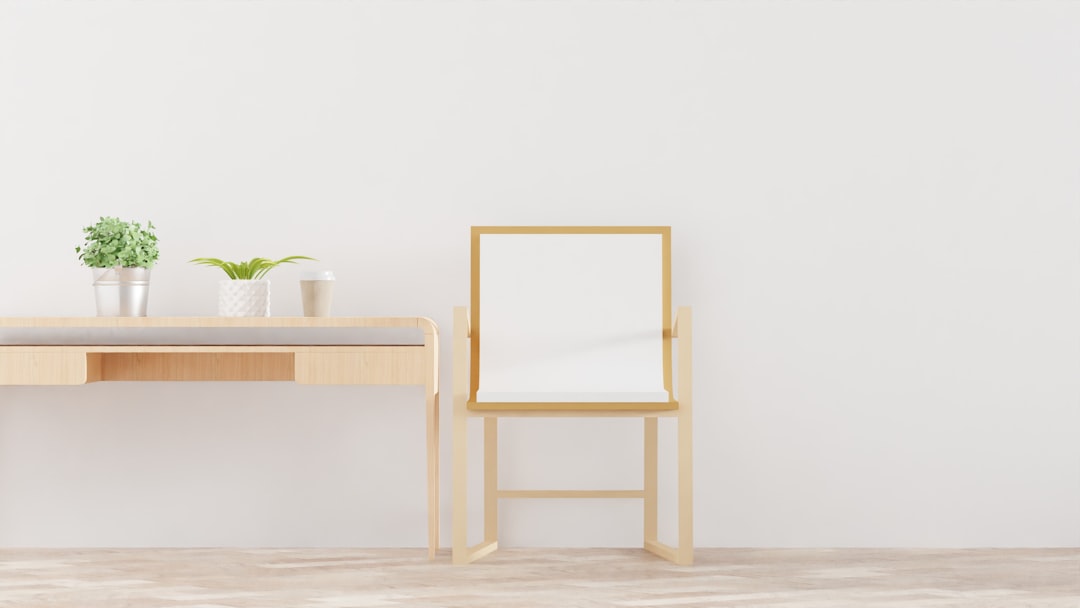In a world where aesthetics meet user experience, the role of design has never been more pivotal. From the sleek contours of a smartphone to the subtle ambiance of a well-arranged living room, design influences almost every aspect of our modern lives. This article delves into the intricacies of design, exploring how it shapes our world, from the drawing board to the final product, and how it continually adapts to new challenges in the 21st century.
The Philosophy Behind Design
Design is not merely about creating something that is visually appealing; it is a thoughtful process that combines aesthetics with functionality. The philosophy of design revolves around solving problems while enhancing user experience. It asks questions such as, “How can this product make life easier?” “What emotions does this space evoke?” By addressing these questions, designers craft solutions that are both beautiful and useful.
Trends Shaping the Future of Design
With the rapid advancement of technology, design trends are constantly evolving. Sustainable design has become increasingly important, as both consumers and creators are becoming more environmentally conscious. Minimalism continues to dominate, reflecting a societal shift towards simplicity and functionality. Moreover, the digital realm has broadened the scope of design with virtual reality and 3D printing, opening new avenues for innovation.
The Impact of Cultural Influences
Culture profoundly influences design. It shapes our aesthetic preferences, dictates materials, and even impacts functionality. For instance, Scandinavian design, known for its simplicity, functionality, and connection to nature, reflects the values and environmental conditions of the region. Similarly, Japanese design emphasizes minimalism and precision, mirroring the cultural emphasis on meticulousness and respect for space.
Technology and Design Interplay
The symbiosis between technology and design is reshaping how designers work and create. Advanced software and tools enable more precise and intricate designs, while technologies like AI and machine learning are beginning to automate some aspects of the design process, allowing for more focus on innovation and creativity. This tech-driven approach does not replace the human element but rather enhances the designer’s ability to experiment and iterate.
The Role of Design in Everyday Life
Every day, design influences our lives in subtle and overt ways. From ergonomic furniture that prevents back pain to intuitive apps that simplify daily tasks, design is omnipresent. It not only enhances functionality but also brings joy and beauty into our lives, proving that good design is not just seen—it is experienced.
In conclusion, design is a dynamic field that seamlessly integrates art, science, and technology to improve and beautify our everyday lives. As we continue to face new global challenges and technological shifts, the importance of design in crafting solutions that are both innovative and practical will only grow stronger.







